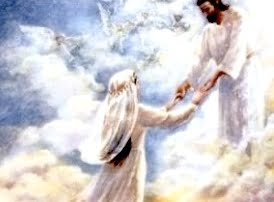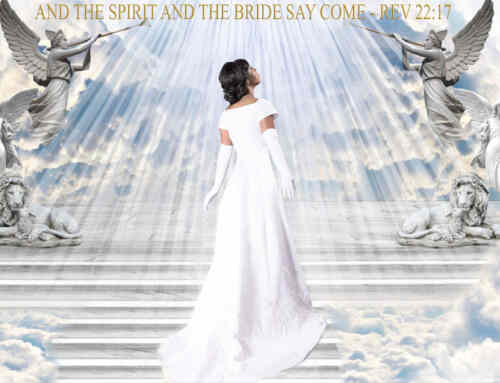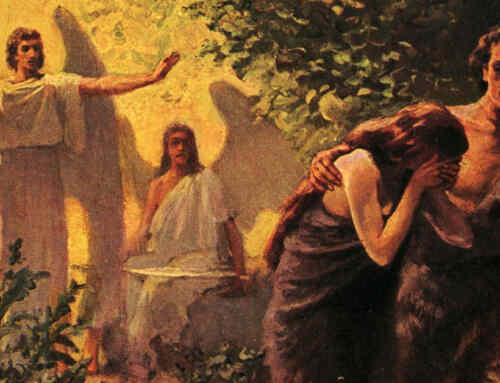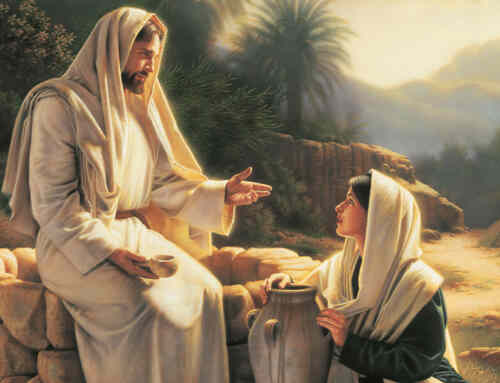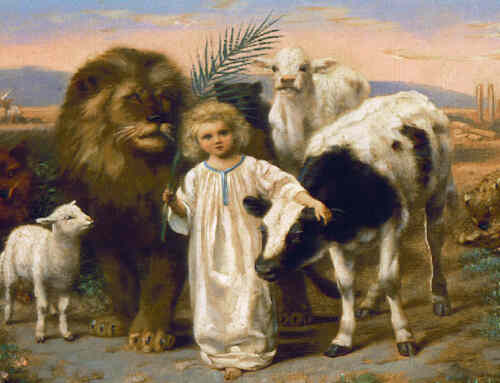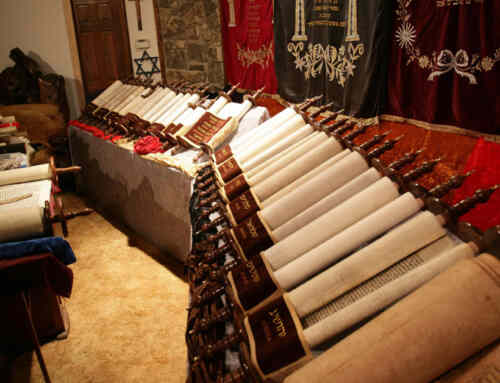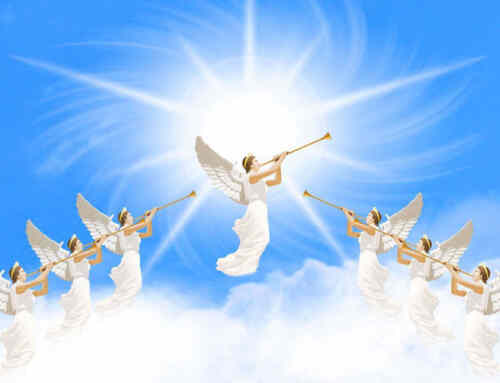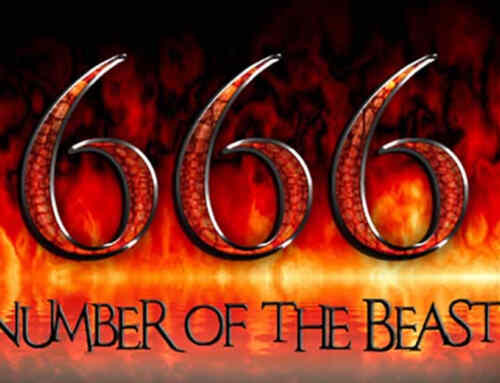John 2:19-22 (NASB), “Jesus answered them, ‘Destroy this temple, and in three days I will raise it up.’ The Jews then said, ‘It took forty-six years to build this temple, and will You raise it up in three days?’ But He was speaking of the temple of His body. So when He was raised from the dead, His disciples remembered that He said this; and they believed the Scripture and the word which Jesus had spoken.”
The resurrection of Jesus on the third day was a type or picture. A type illustrates the antitype. For example, the sacrifice of the Passover lamb (a literal lamb) was a type of the sacrifice of Jesus (the antitype).
Similarly, the resurrection of the body of Jesus was a type of the resurrection of the body of Christ. Jesus’s literal human body was not resurrected. A literal human body cannot simply appear in a locked room (John 20:19, 26). God gave Jesus a glorious divine body (Philippians 3:21, 1 John 3:1).
The meaning is found in verse 21 – “But he spake of the temple of his Body” – the Church, he being the head of the Church.
A day with the Lord is as a thousand years, and a thousand years as one day. (2 Peter 3:8.) The first advent was in the beginning of the fifth day or thousand years (over four thousand years being past, and the fifth thousand begun). During the fifth and sixth days, God has been selecting the Church, and early in the seventh (the Millennium), the third day, his body (1 Corinthians 2:27), the Church, will be perfected with him – the spiritual temple (1 Corinthians 3:16). He himself was raised from the dead “on the third day,” literally, but it was not by his own power – God highly exalted him (Philippians 2:9). The words of the text can, therefore, refer to our Lord’s personal resurrection (in type) and the resurrection of His body, the Church (in antitype).



